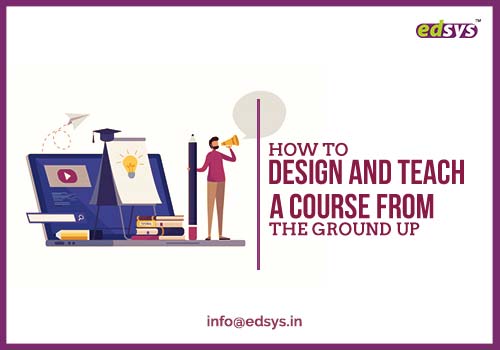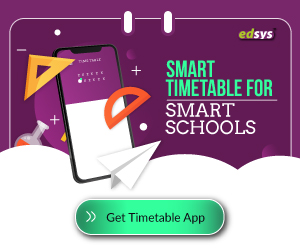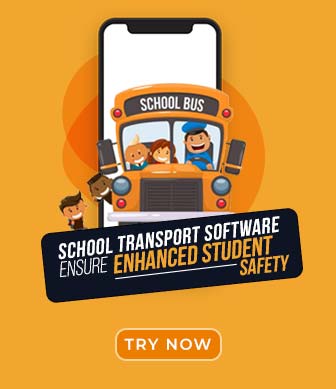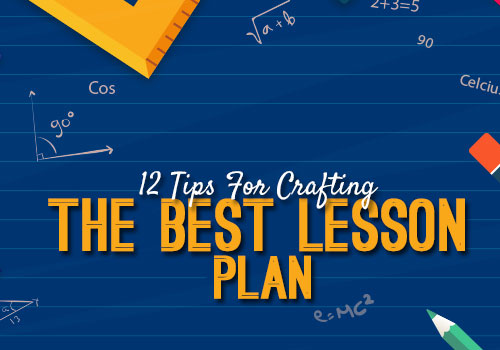Designing and teaching a course requires in-depth planning and an ongoing revision. Most probably, you will require recommendations from your colleagues. It is possible to obtain inspiration from other similar courses.
To prepare a good foundation for your course design, you need at least 6 months. This time period is necessary to define course goals, set teaching standards, cultivate course content, develop teaching methods and set several course policies.
This article is a guide through which you can design and teach a course from the ground up.
Define The Goals Of Your Course
First and foremost, take a few steps by defining the goals of your course. You need to become clear about what you wish to teach your students and what they can accomplish with it.
This basic clarity will allow you to seek the right direction when creating the content of your course. Also, you can use these goals to define your teaching methods, including the use of exams and assignments.
Curriculum planning is key to introducing a course successfully to students. The best goal formulation focuses on learnings and its result. The subcategories of your goals can concentrate on the content type, cognitive development as well as personal development of students.
According to expert teachers, specific goals work better than broader ones.
You can ask these questions to reach the right course goals:
- What is the gist of course, students can retain even after 5-10 years?
- What are the career and life-altering features of your course for the students?
- What sort of skills you want to offer to your students?
- What is the level of course (introductory course, fundamental course, or an advanced course)?
Outline The Content Of Your Course
No need to go too deep here, but a foundational structure of content is important to move ahead with the course design.
Make an initial outline, in which, you can list all the major topics of your course. For this, you will need an evaluation of textbooks, which are being used currently in the same sector of education. Discuss the value of every potential topic with experts in your education sector.
Also, go through the traits of the majority of students to restructure the topics. Don’t forget about the basic goals you have defined earlier. The topics have to align with the foundational goals of a course.
Use the initial outline to define pairs of concepts. This way, you can ensure a time-efficient teaching approach in your course.
After all that, you need to create a logical sequence of topics to define the flow of your course structure. This step is extremely important and critical in order to ensure that students understand every material clearly before moving to the next.
After finishing the sequence, ask the “why and how” for the structure of content you have designed.
You can introduce a topic, build on it, illustrate and provide a variety of perspectives in a sequence. This articulation has to have a rationale to ensure the success of the content.
There are different ways of organizing content topics:
- Topical
- Chronological
- Survey-oriented
- Conceptual
- Process-oriented
Here are a few questions to help you define the topics and their sequence:
- Is it possible to create a storyline or a theme with the topical organization?
- What skills are required before beginning the application discussions?
- Does the course require a theory introduction before problem illustrations?
Create Your Teaching Techniques And Tools
You have designed your goals along with the content structure. Now, you can think about the presentation process. This involves teaching techniques and various tools.
- Your techniques and tools should align with the number of students in a class.
- Your techniques and tools should align with the goals of your course.
Keeping the above mentioned points in mind, you should consider the following points:
- What sort of teaching style you utilize generally? How flexible can you be to adapt and apply your current style of teaching with the potential requirements of the course?
- How will you blend your teaching method for every student enrolling in the course?
- What would be the perfect balance of discussions, lectures, assignments, exams and other forms of teaching?
- What kind of technologies can improve your teaching technique? Choose a technology after specifically identifying its purpose for your course. Integrate traditional tools with modern-age technologies to enhance the quality of your course.
- Think about diversity in your teaching approach to align with multiple learning preferences of students.
- Plan an ongoing student learning measurement to modify your approach whenever required.
Structure Assignments and Topical Exams
Measuring the impact of your teaching is very important to ensure the success of the designed course. So, you need to structure your assignments and topical exams before starting the teaching approach.
If your course is supposed to enhance the skills of problem-solving, the exams can’t contain fact-based questions only.
Also Read: 27 Tips To Reduce Teacher Burnout
The questions should present situational scenarios for students to come up with a logical solution. Similar concepts of goals should be applied when designing class activities, homework, and other assignments.
Here is how you can identify the effectiveness of your assignments and topical exams:
- Are assignments reflecting one or more course goals and helping in their achievement? This involves deciding the genre and comprehensiveness of an assignment along with the time duration you provide for its completion.
- Are your quizzes and exams reflecting one or more course goals? Is an exam helping in the process of learning success measurement? If yes, then, to what extent can you judge the success rate of your course?
- Will you provide enough exposure to students and prepare them for these assignments and topical exams?
Choose Text Material and Other Resources
You need to plan the text material and its cost in advance. Choose a published material or compile multiple resources together to create a customized text material for students.
The process can take some time, depending on the size of your course and research requirements.
It would be wise to collect and store the whole material at your institutional library. This way, students will have a consistent availability of course material.
You can also provide a soft copy via the digital platform, so students can download the available course material.
You need to coordinate with your partner bookstores and ensure the delivery of materials at least 1 month before you begin your course.
When compiling a material, you need to go through the copyright issues and acquire permission from respective authorities to reuse the material. This process can take some time, which is why you should get it done about 3 months earlier than the beginning of the course.
Along with the text material, you need to obtain and arrange all valuable instructional technologies and equipment. Every software, training tool, space, and other requirements should be fulfilled 3 months earlier.
Develop Your Course Policies
The policies of your course should revolve around the grading process, exams, papers, class participation, and assignments.
Think of the potential issues that can arise and align your policies accordingly.
Potential issues can include low attendance, tardiness, late work submission, extension requests, and requests for exam rescheduling. Your policies should be well-thought and strategized enough to prevent and respond to common problems.
Select a Suitable Schedule For Your Course
Instead of accomplishing as much as possible in every class, focus on a smooth and convenient schedule. This way, you can teach successfully and students can understand every topic and indulge in discussions.
In your schedule, also add proper time durations for assignments, exam preparations, and classroom activities.
Also, keep all the holidays and campus events in your schedule to design an accurate estimation of course completion.
Turn Your Course into a Well-Written Syllabus
Foundational aspects of a course are:
- The title of the course
- The time duration of the course
- The location of the course
- Required text materials and other resources
- The topics of your course
- Major assignments along with the associated exams
- Course policies associated academic integrity, grading, late work and attendance
- Contact information and other instructions.
Evaluate and Refine the Design
The process of designing and teaching has to be an ongoing process. Which means that you need to continually work on improving the process.
Each and every step mentioned above has its importance and can arise again and again during your teaching process.
Hence, you need to give room for improvement by revising the different sections of a course accordingly.
When evaluating and revising your course, think about the core concepts of teaching.
Include your common understanding with critical-thinking and you will find the loopholes and potential areas of improvement in your course.
At the same time, keep your revision knowledge-based as well as thinking-based to find a perfect balance in your teaching approach.
Conclusion
Now, you have every step to design and teach a course with ongoing measurement and improvement. This plan includes everything from teaching, assigning work, testing and reviewing. You can follow each and every step and begin a course from the ground up




